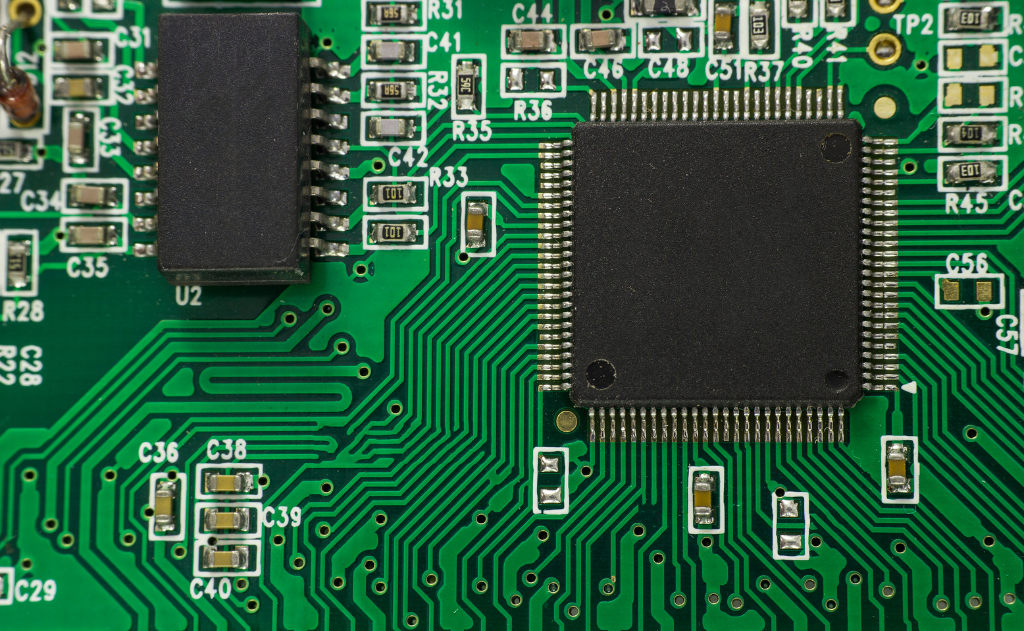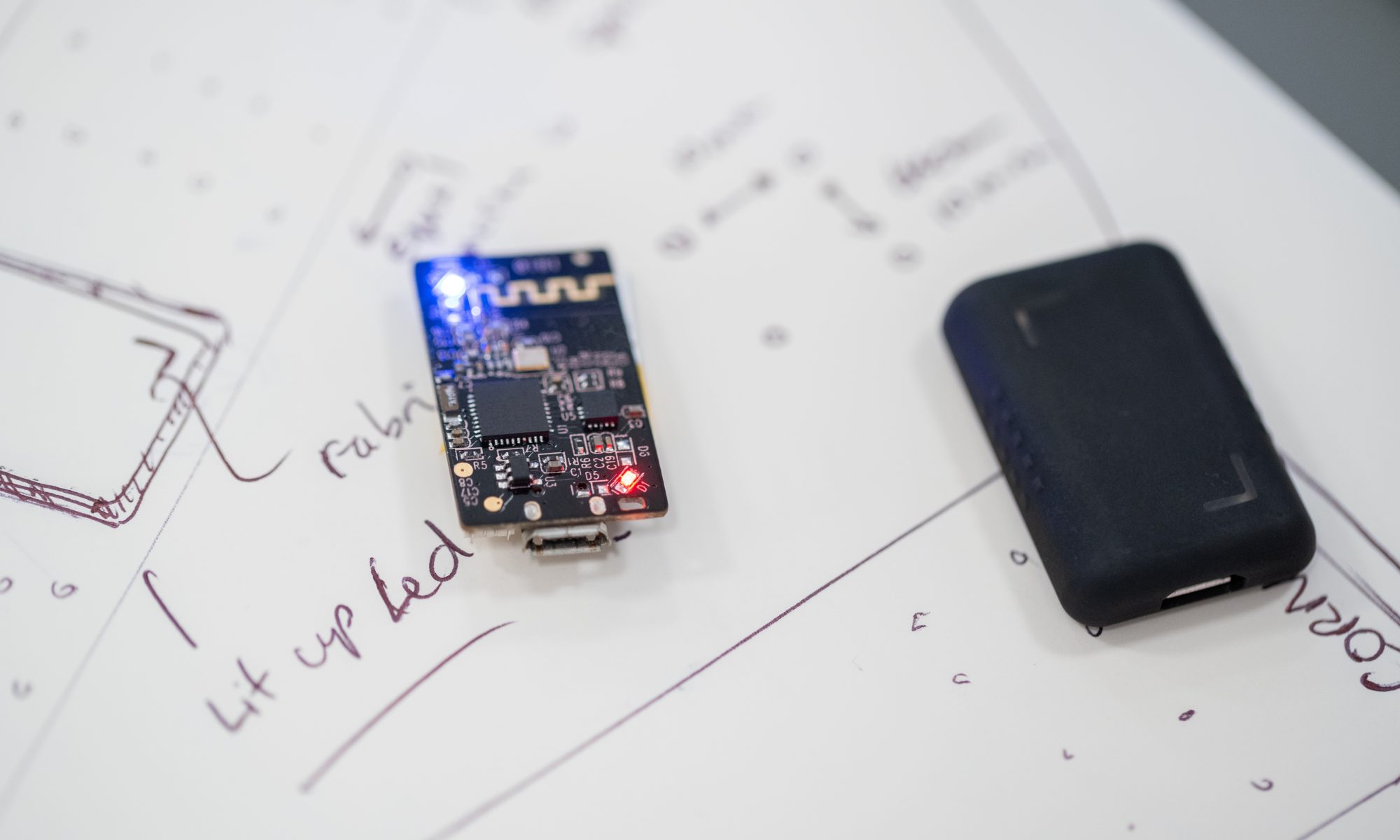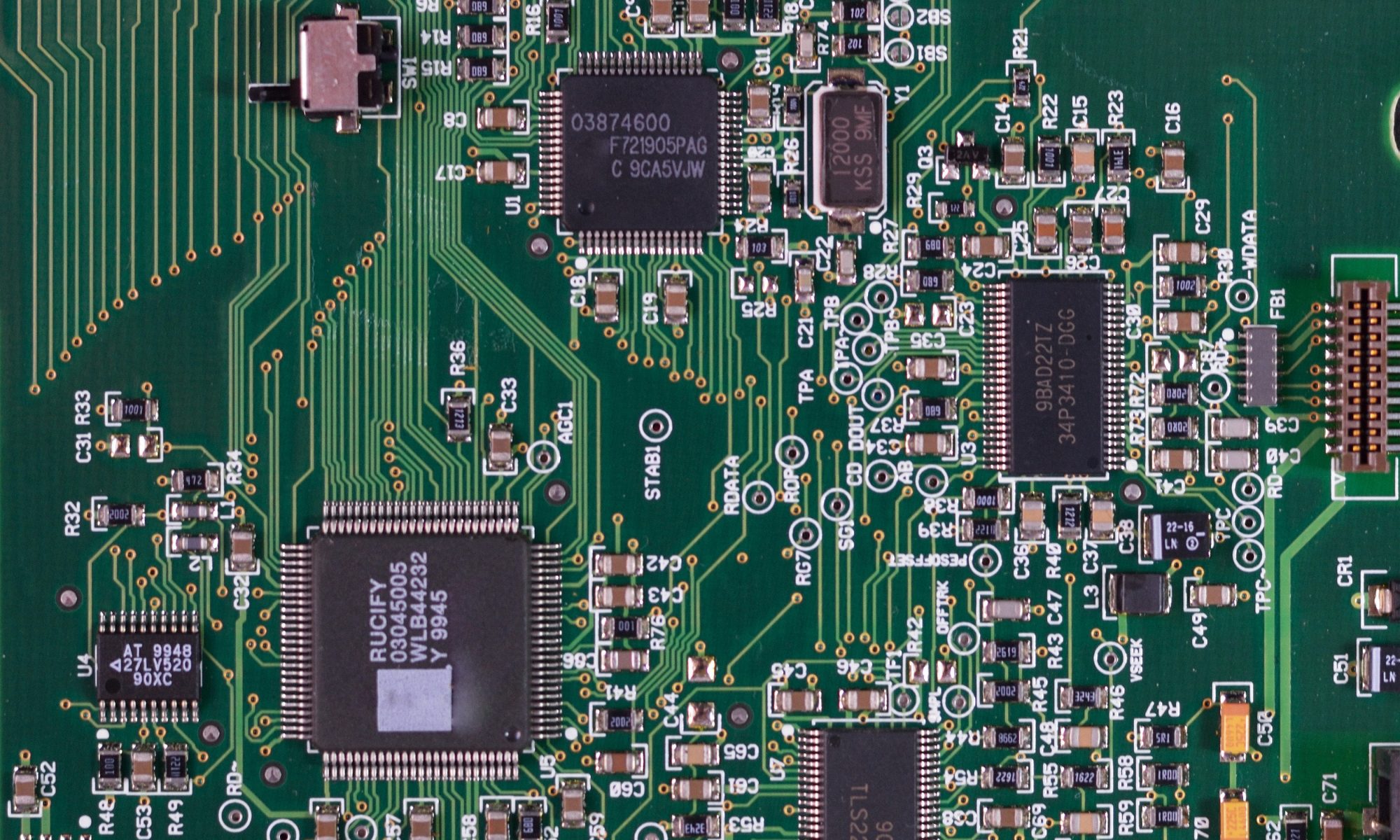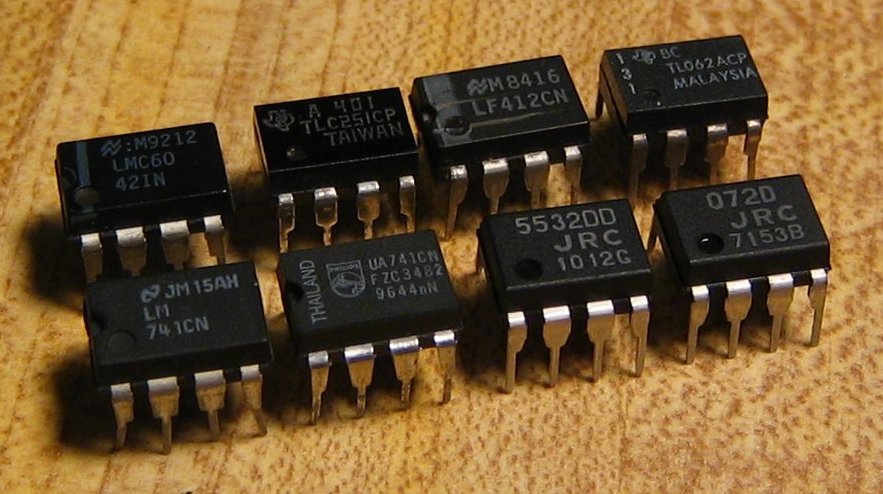When it comes to verifying the functionality and performance of products during manufacturing, Automatic Test Equipment (ATE) is an irreplaceable tool. Two of the most prominent types of ATE used in product testing and field servicing are in-circuit and functional ATE. This article will take a look at how both of these types work, as well as the advantages and disadvantages of both.
Continue reading “In-Circuit and Functional ATE“Simulating Circuits With SPICE
It is no secret that simulation and testing is an important part of designing circuits. Due to the high costs of photolithographic masks and additional production materials, it is highly preferred to have integrated circuits as close to perfect as possible before they are constructed. Integrated circuits cannot be breadboarded prior to production (unlike board-level designs made up of discrete pieces), so what is the best way to simulate them? The solution comes in the form of the computer program SPICE (Simulation Program with Integrated Circuit Emphasis).
Continue reading “Simulating Circuits With SPICE”Impacts on the Semiconductor Industry in 2022
When you think of the phrase “small, yet mighty”, do semiconductors come to mind? While the size of these electronic chips continues to decrease, their status as the powerful building blocks of modern electronics only increases. The Semiconductor Industry Association recently released their official “2022 State of the U.S. Semiconductor Industry” report detailing the status of this multifaceted industry within the United States and on a global scale. As we reflect on the past year, what are some events and innovations that made a big impact on the industry overall?
Continue reading “Impacts on the Semiconductor Industry in 2022”Methods For Measuring Currents
Last week, we published a blog post going over the tools and methods used to measure electrical voltage in various situations. This week, we are taking a look at tests for measuring electrical currents- an essential step in electronic equipment maintenance that can identify the root cause of any failures and malfunctions. We will look at how to use ammeters, the importance of wire size, and how to test currents in power lines, heater motors, and air conditioners.
Continue reading “Methods For Measuring Currents”Simplifying Circuits with Boolean Algebra
1 + 1 = 1. While this statement would be false when discussing the real numbers of ordinary algebraic concepts, It makes perfect sense in the context of Boolean Algebra. This mathematical concept is most practically applied when simplifying logic circuits. When the function of a logic circuit can be translated into Boolean form, then the resulting equation can be simplified by applying certain algebraic rules- allowing a circuit with fewer components to perform the same function.
Continue reading “Simplifying Circuits with Boolean Algebra”Semiconductor Chips and Circuits
RAM, ROM, GPU, CPU. Each of these terms are familiar to anyone who has spent time researching the components necessary to build their own computer. For the casual user, however, these similar acronyms can raise more questions than they answer. What is the difference between them? This post will give a brief and easily digestible overviews for four of the biggest categories of chips used in manufacturing today; memory chips, microprocessors, GPUs, and CICs.
Electronic Color Coding
“Cut the red wire!” This is a familiar line to any fan of high-stakes action movies like Lethal Weapon. In the movies, characters hoping to diffuse a bomb before it’s too late are faced with a dilemma- what color wire do they cut? While the answer to that question may depend on the film- the difference in color coded wires has real life consequences. How does a color coded system improve electrical safety? Are all color coding systems still used today? Most importantly- what do all of these different colors mean?
The Flexible Functionality of Op-Amps
Before the modern digital technology we use in computers today, electronic computations were conducted by utilizing both voltages and currents as representations of numerical values. This process needed circuitry capable of carrying out a wide range of analog signal processing tasks, which led to the use of operational amplifiers (often referred to as op-amps). The engineering concept of negative feedback, which forms the basis of practically all automatic control procedures, holds the key to the utility of these tiny circuits.
Engineering Fundamentals: Kirchhoff’s Laws
Kirchhoff’s Current and Voltage Laws are at the center of circuit analysis. With them, we have the fundamental tool set we need to start studying circuits and the formulas for individual components such as resistors, capacitors, and inductors. Named after German physicist Gustav Kirchhoff (1824-1887), Kirchhoff’s Laws are electromagnetic approximations derived from Maxwell’s Equations. Simply put, they are applicable when the size of the components in a circuit are substantially smaller than the wavelength of the signals traveling through the circuit.
Continue reading “Engineering Fundamentals: Kirchhoff’s Laws”
Engineering Fundamentals: Ohm’s Law
Ohm’s Law, discovered by Georg Simon Ohm and first published in 1827, is the earliest and arguably most important connection between current, voltage, and resistance. A straightforward and practical technique for studying electric circuits, Ohm’s Law is very commonly used and has been documented on a broad range of scales. For aspiring electrical engineers studying the basics or for seasoned professionals looking to refresh their knowledge, this scientific law is worth having a deep understanding of.

















